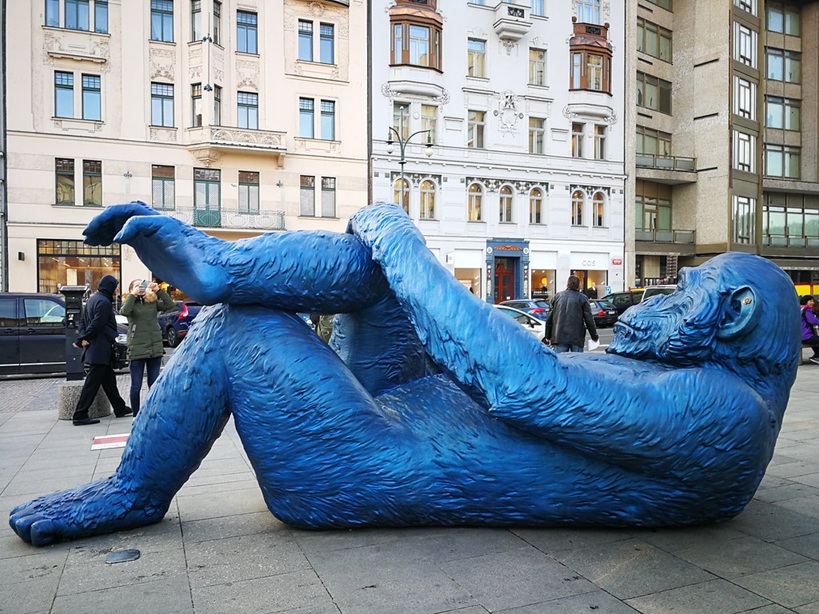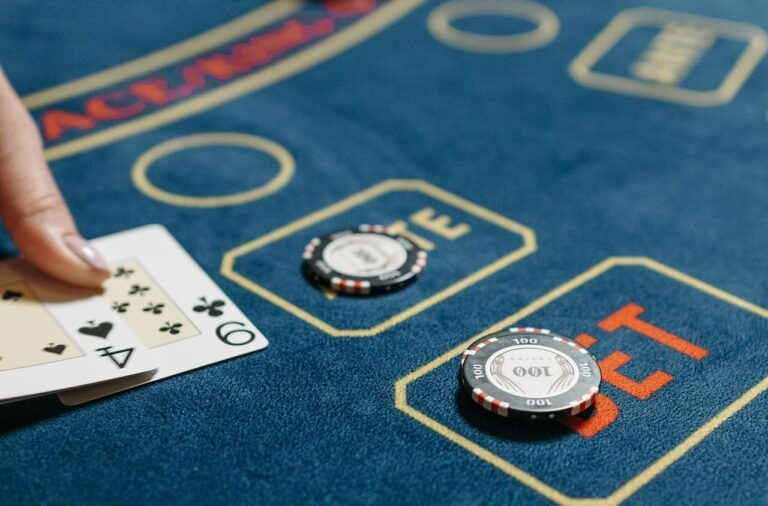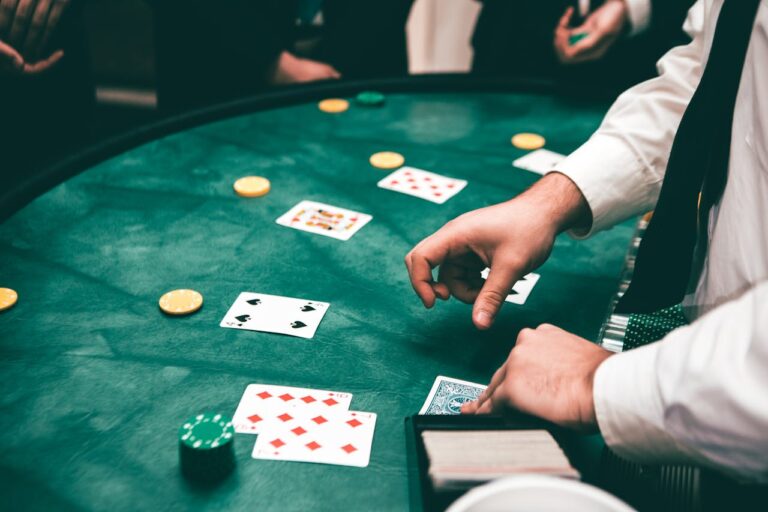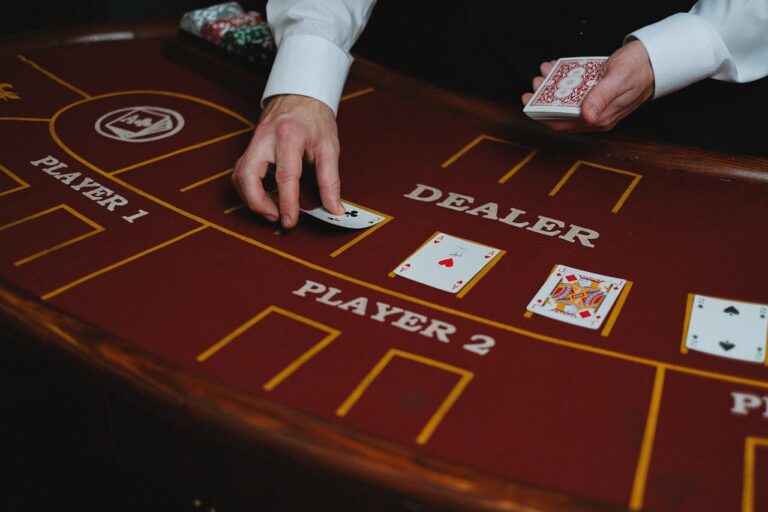
The internet is a strange place where memes, myths, and viral trends take on a life of their own. One such trend that has recently gained attention is King Kong Balls. Whether you’ve encountered it in casual conversation, online forums, or meme culture, this peculiar phrase has sparked curiosity and debate. But what exactly does King Kong Balls refer to? Is there any scientific basis behind it, or is it just another internet-fueled joke?
In this blog, we’ll explore the origins, cultural impact, and biological plausibility of King Kong Balls while separating fact from fiction.
The Origins of King Kong Balls
Before diving into the science, it’s essential to understand where the idea of King Kong Balls comes from. King Kong, the legendary giant ape from Hollywood films, has been a pop culture icon since his first appearance in 1933. As a massive primate, he represents raw strength, dominance, and an awe-inspiring presence. However, discussions about his anatomy—particularly his reproductive features—are largely speculative and often humorous in nature.
The phrase King Kong Balls has gained traction in meme culture, with users jokingly questioning whether a creature of his size would have proportionally large or oddly small genitalia. It’s an amusing thought experiment that blends science, cinema, and internet humor.
The Biological Perspective on King Kong Balls
To determine whether King Kong Balls could exist in reality, we must consider the biological traits of real-life primates. Male primates exhibit a wide range of testicular sizes depending on their mating system, social structure, and evolutionary pressures.
- Relative Testicle Size in Primates
In biology, testicle size is often correlated with mating competition. For example, species with high levels of sperm competition—such as chimpanzees—tend to have larger testicles relative to their body size. Meanwhile, gorillas, which have a dominant silverback leading a harem, have smaller testicles because they face less competition.If King Kong were modeled after a gorilla, his testicles would likely be proportionally small compared to his massive frame. This would contradict the popular internet speculation that King Kong Balls would be enormous. However, if he were more like a chimpanzee, there might be some validity to the idea of significant testicular size. - Scaling Up: Would Gigantism Affect King Kong Balls?
The concept of scaling in biology suggests that as animals grow larger, their anatomy doesn’t always follow a linear increase in size. This means that even if King Kong were the size of a skyscraper, his reproductive organs might not be as exaggerated as some might think. The square-cube law states that as an animal’s size increases, its volume grows faster than its surface area, creating biomechanical limitations.If King Kong’s anatomy followed realistic scaling principles, King Kong Balls might not be as disproportionally large as memes suggest. In fact, they could be relatively small to prevent movement and balance issues.
King Kong Balls in Pop Culture and Media
The discussion around King Kong Balls is not just limited to biological analysis—it has also made its way into film criticism, satire, and internet humor. While the Kong franchise has never explicitly addressed this aspect of his anatomy, the lack of it in movies has fueled online speculation.
- Censorship and Creative Choice
Hollywood studios tend to avoid unnecessary anatomical details when creating giant creatures. This is why most kaiju, including King Kong, Godzilla, and other cinematic monsters, appear somewhat “cleaned up” in design. The lack of visible King Kong Balls is likely a creative choice rather than an oversight. - Memes and Internet Culture
The meme culture around King Kong Balls is fueled by absurd humor. Social media platforms like Twitter, Reddit, and TikTok have seen countless jokes, Photoshopped images, and viral debates about the supposed existence of King Kong Balls. In many ways, it has become a humorous critique of how people overanalyze fictional characters. - Fan Theories and Speculation
Some fan theories suggest that King Kong’s reproductive anatomy is simply hidden, retractable, or non-existent in the way Hollywood portrays him. Others argue that the absence of King Kong Balls in movies might be evidence that he was created through artificial means, much like Jurassic Park’s dinosaurs.
Scientific Plausibility vs. Fiction
Given the available information, it’s safe to conclude that King Kong Balls exist more in the realm of humor and speculation than in science. If King Kong were a real, biologically plausible creature, his testicles would likely be much smaller than memes suggest due to scaling laws and the mating patterns of large primates.
However, since King Kong is a fictional character, the concept of King Kong Balls remains entirely open to interpretation, fan theories, and internet jokes. Whether for comedic value or scientific curiosity, it’s fascinating to see how a seemingly random idea can become an online sensation.
Also Read: The Ultimate Guide to Enhancing Your Gaming Experience with BuyMMOG
Conclusion
So, is King Kong Balls fact, fiction, or just a meme? The answer is a bit of all three. From a scientific perspective, gigantism would likely prevent exaggerated testicular size. From a fictional standpoint, Hollywood has conveniently omitted this detail for obvious reasons. And from an internet culture perspective, King Kong Balls has become a hilarious and engaging topic that reflects how memes can turn even the most bizarre ideas into viral discussions.
At the end of the day, King Kong Balls is a testament to the internet’s ability to make anything a topic of debate. Whether it’s a serious biological analysis or a joke taken too far, the fascination with King Kong’s anatomy is here to stay.





